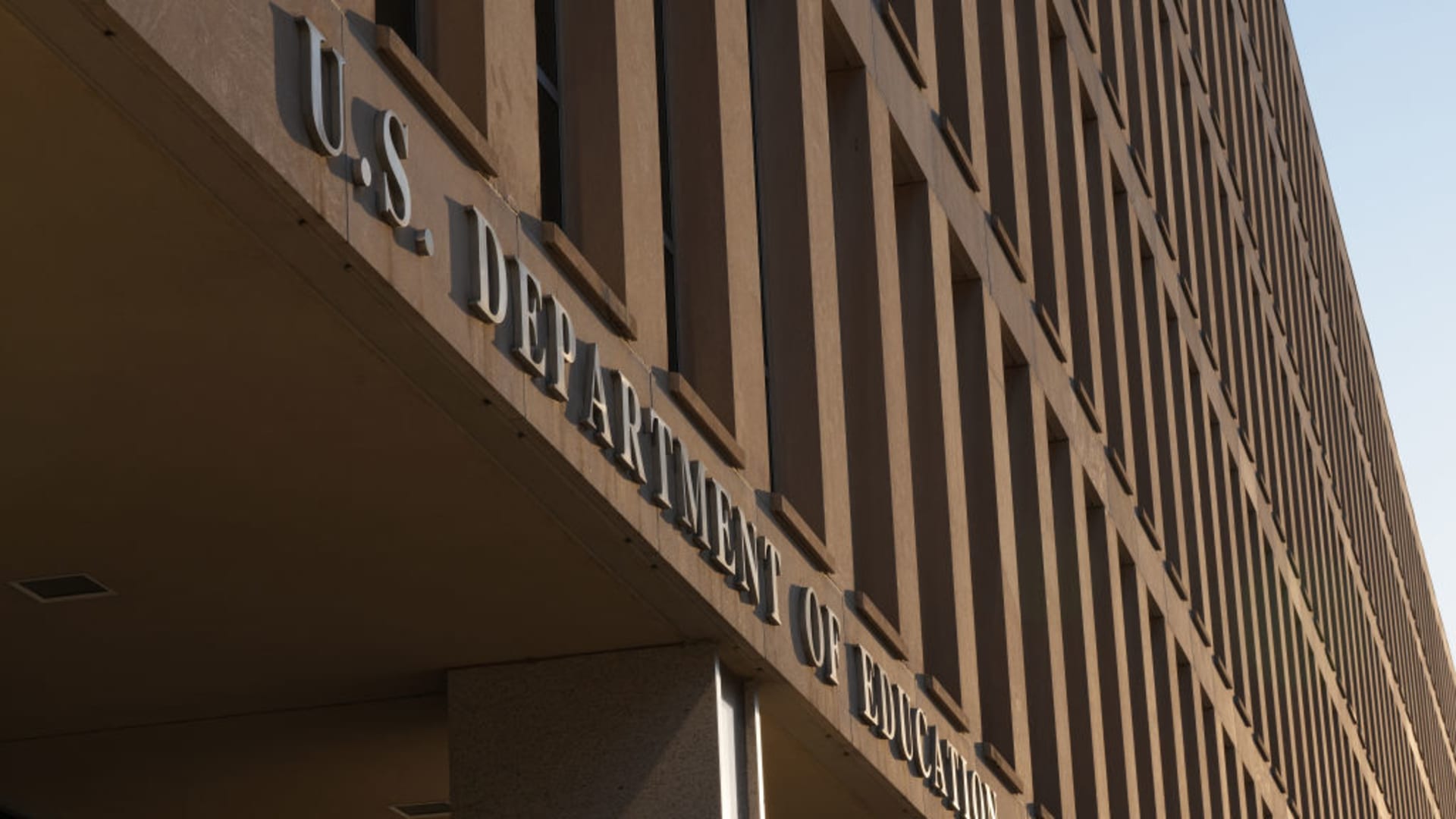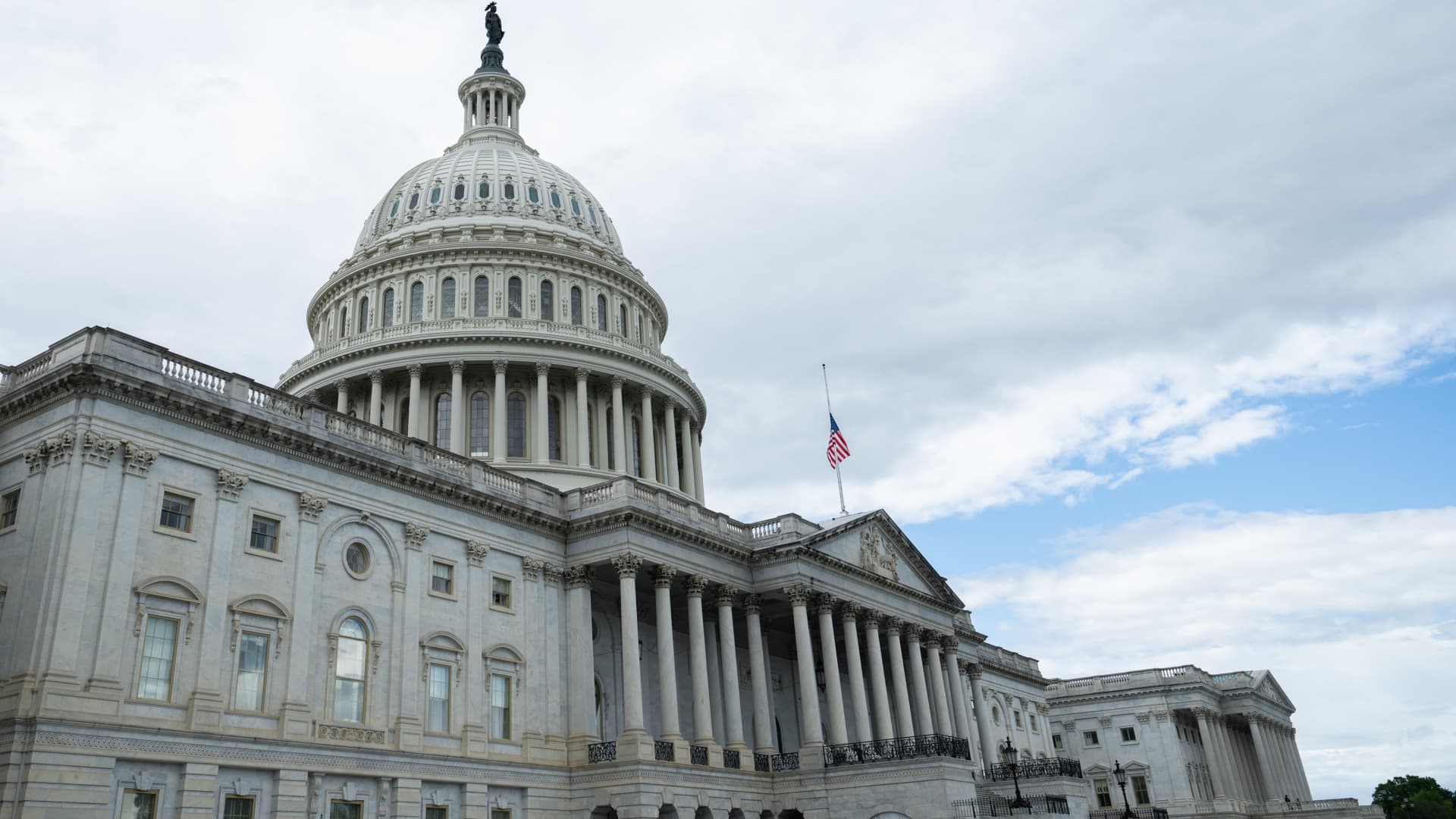Images By Tang Ming Tung | Digitalvision | Getty Images
When it comes to money mistakes, financial advisors see them all.
One key theme, overspending, tends to crop up, whether it be on homes, a college education or even fine jewelry.
For one pair of clients, realizing how much they had spent in the past 18 months on jewelry — $1.4 million — was a shock, said Barry Glassman, a certified financial planner and founder and president of Glassman Wealth Services in Vienna, Virginia.
The following year, after meeting with Glassman, they pared those outlays down to about $8,800, which went mostly to jewelry repairs.
“When people see where their money is going, their behavior changes,” said Glassman, who is a member of CNBC’s Financial Advisor Council.
The ultra-high-net worth clients’ spending is out of reach for most consumers. But the temptation to overspend can affect everyone, no matter their income.
“At the extreme, this is why most lottery winners go bankrupt,” Glassman said.
“They feel like they’ve made it, they feel wealthy,” he said. “But they don’t realize the difference between wealth and income.”
Not all discretionary spending is negative, particularly if it is intentional and aligns with your goals, notes Preston Cherry, a CFP, founder and president of Concurrent Financial Planning in Green Bay, Wisconsin.
“There shouldn’t be social shame in spending to fund your well-being, present or future,” said Cherry, who is also a CNBC FA Council member.
But Glassman, Cherry and other experts on the council say there are certain risks that can damage your bottom line and put your ability to achieve other goals at risk.
Big-ticket purchases can lead to setbacks
Jeff Greenberg | Universal Images Group | Getty Images
When it comes to splurges on big-ticket items, Louis Barajas, a CFP, enrolled agent and CEO of International Private Wealth Advisors in Irvine, California, said he likes to visually show clients how their spending may interfere with their financial independence.
“This is a work on mindset over budget,” said Barajas, a CNBC FA Council member.
One big-ticket purchase, buying a home, can set people back if they take on too much house or too big of a mortgage, notes CNBC FA Council member Cathy Curtis, a CFP and the founder and CEO of Curtis Financial Planning, an Oakland, California-based fee-only financial planning and investment advisory firm for women.
One family Curtis worked with missed out on a few houses by bidding too low. To correct that, they took their realtor’s advice to bid high on the next house they found. Curtis’ spreadsheets and advice on how much they could afford “went right out the window,” she said.
The family’s house payment, combined with property taxes and insurance, put them at risk for a cash crunch. They reached a low point when the husband lost his job, which prompted the wife to spend down her inheritance.
Taking such risks on real estate can be a gamble. While homebuyers may grow into their payments with salary increases, that doesn’t always work out, Curtis said. The silver lining is that most real estate tends to appreciate over time, and therefore can be a good investment, she said.
When shopping for a home, it is better to treat it as a business decision rather than a personal one, Curtis advised.
“Buying a house can be a very emotional experience,” Curtis said. “I advise clients to keep their emotions in check and know that there will always be another house that is a better fit.”
Another big-ticket purchase, a college education, may also require keeping emotions in check, particularly if a child’s dream school will break the bank.
“Your kids can always borrow money for their college degree, but you can’t borrow for your retirement,” said CNBC FA Council member Ted Jenkin, a CFP and the CEO and founder of oXYGen Financial, a financial advisory and wealth management firm based in Atlanta.
Jenkin said he tells clients to prioritize their retirement savings first, and to cut college savings if they are behind on that goal.
Small habits can add up over time
Caia Image | Collection Mix: Subjects | Getty Images
Smaller purchases can have a sneaky way of adding up over time.
When Glassman has his clients do an analysis of their spending, many find they are shocked how their dining-out habits add up. The same may apply to other categories, such as gifts or travel, he said.
“From there, 99% of the time, behavior changes,” Glassman said, prompted by the realization that small adjustments, such as eating in one time per month or per week, can make a big difference.
Assessing just how much is reasonable to spend is a lifelong endeavor, and often a tricky one in retirement.
Some retirees may spend too much when they first retire, and be tempted to provide other family members with financial support, notes CNBC FA Council member Ivory Johnson, a CFP and the founder of Delancey Wealth Management in Washington, D.C.
“I have had to tell clients to put their family on a budget because I understand the impact it’ll have on their retirement,” Johnson said.
Not everyone is susceptible to overspending.
For those who are instead prone to saving, drawing from their nest egg can feel uncomfortable once they reach retirement.
“It is challenging to shift from the good saving and investing habits that lead to a secure retirement to spending down assets,” said CNBC FA Council member Blair duQuesnay, a chartered financial analyst and CFP, who is also an investment advisor at Ritholtz Wealth Management.
For investors who can afford to spend more, that can be a missed opportunity to enjoy the fruits of their labor, through gifts to family, travel or donations to causes important to them, she said.
Working with a financial advisor can help individuals assess whether their spending is too much, too little or just right. You can also do a gut check on your own by gauging your mindfulness with your money, Cherry suggests.
“Intentional spending within a plan that invests in your wellbeing is perfectly OK,” Cherry said.


 Blog Post3 days ago
Blog Post3 days ago
 Economics1 week ago
Economics1 week ago
 Personal Finance7 days ago
Personal Finance7 days ago
 Economics7 days ago
Economics7 days ago
 Economics1 week ago
Economics1 week ago
 Accounting7 days ago
Accounting7 days ago
 Personal Finance1 week ago
Personal Finance1 week ago
 Finance7 days ago
Finance7 days ago











